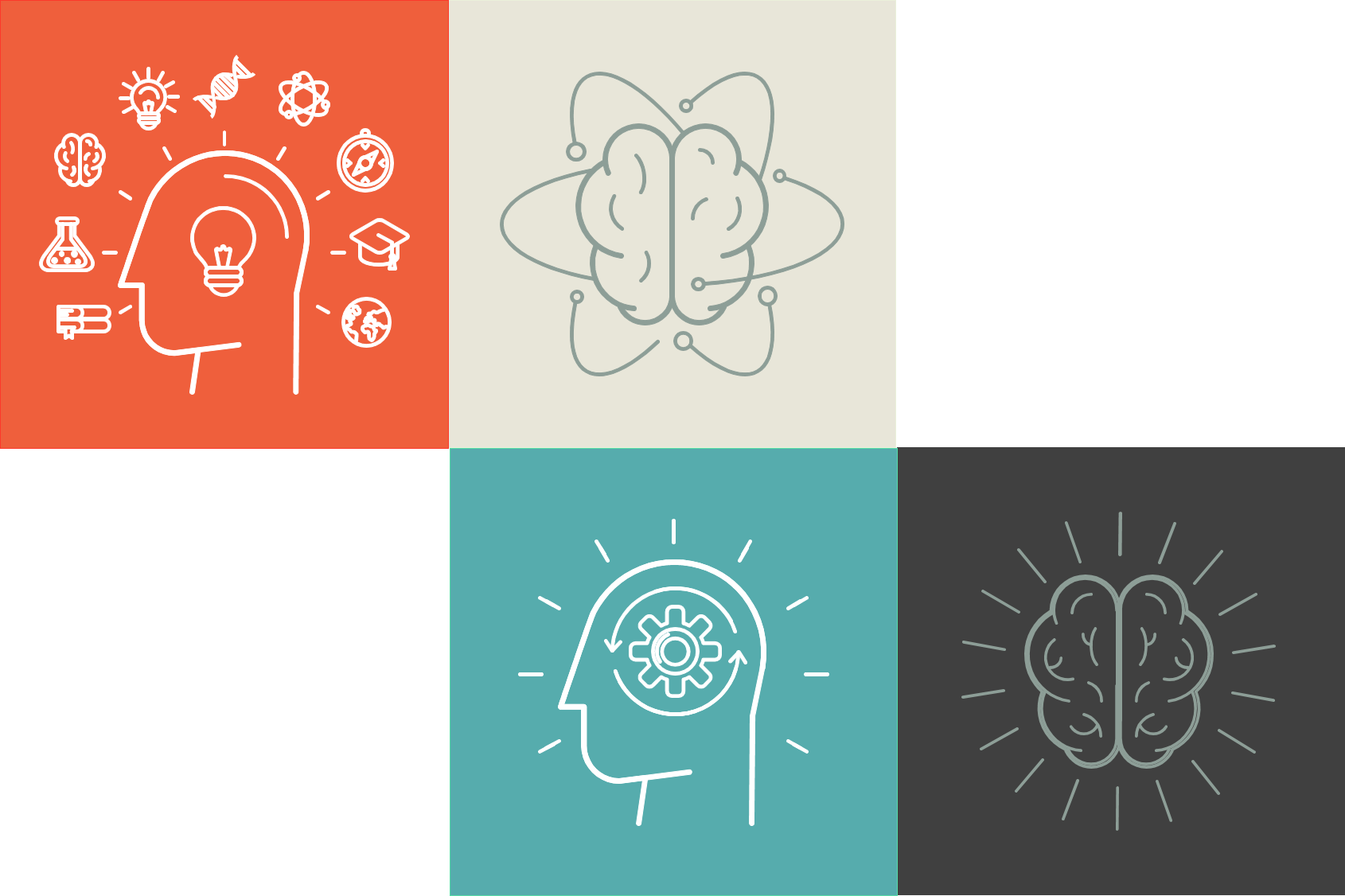Reversing the Great Empathy Recession: Moving from Empathy to Action
By Ivan Bojanic, Senior Integration Architect, Trends & Integration, Gongos, Inc.
Recessions are as painful as they are disruptive. On both an individual and social level, they represent periods of uncertainty, anxiousness and tightened belts. We hunker down for recessions the way that New Englanders hunker down for midwinter storms: with weary resignation in the face of the inevitable.
As painful as economic downturns are, for the last 35 years (and counting) we’ve been in a recession of a very different kind – of empathy.
Recent research shows empathy levels among U.S. college students have been declining steadily since 1980, and seemingly accelerated since Millennials reached college age in 2000. The Empathy Recession is not only bringing this drop into clarity, but the findings are startling. When tested, 75% of students today are less empathetic than students of a similar age in 1980.
Why Empathy Matters in Business
Consumers increasingly demand authenticity from companies: from products and services to communications and corporate citizenship. This can only be built on an empathetic understanding of consumers’ desires, needs and concerns. And, in the sphere of decision intelligence, empathy is what allows us to humanize and find relevance in big data; to pick up on nonverbal cues that tell us how consumers are really feeling; and to establish relatability and positive word of mouth.
But, in a world where empathy has measurably declined, that means that the companies themselves are challenged. Challenged to fully develop and express that empathetic understanding; and to make products and decisions that not only make sense strategically, but that also reflect the aspirations of their end users.
Although empathy would seem to be a hard-wired trait, the good news is that it can actively be built (just as it can atrophy, as shown above). To understand how we can support that growth – overall and in a business context – it helps to understand a bit about the science of empathy.

In each of us, empathy derives from the interplay of two key factors: automatic response and cognitive processing.
Automatic (or affective) response is an involuntary reaction to another person’s emotions and actions. Based on a network of brain cells and neural pathways that fire when we interact with others, this is the mechanism that allows us to intuit what others are feeling based on indicators such as vocal nuances and body language. When a friend silently rolls his eyes in response to what you just said, you don’t need to be told that he disagrees with you.
Two Ways of Building Empathy Among Decision Makers
To build empathy, we need to break the tyranny of PowerPoint. There’s a clear trend today away from traditional reports and toward a more imaginative, interactive model: interactive simulations, immersive environments, engaging animations, and a long list of other approaches. These are much more than aesthetic frills—they represent established methods of triggering and building empathy.
And, they apply what we know about the science of empathy to evoke – or even build – it in the context of decision intelligence.
1. Immerse your audience: The neurons that trigger automatic response can be activated by mimicry or role playing. In our context, it means that we can help decision makers develop an empathetic, hard-wired understanding of consumers’ perspectives.Creating interactive experiences that replicate what consumers see and hear is one such way. In a particular case, a “deliverable” broke free from a typical report to transport the perspective of non-native English-speaking consumers. An audio-visual exercise incorporated garbled and distorted words to simulate an all-too-common scenario between these patients and healthcare professionals—evoking the sense of confusion that often arises in physicians’ offices.
This approach is a powerful storytelling measure, one that journalist and filmmaker Nonny de la Peña calls “an empathy generator, an empathy machine.” It’s a trend that’s accelerating, as virtual reality becomes increasingly accessible to the public through mainstream technologies.

In another example, the New York Times and Google have released a virtual reality app that takes users beyond traditional recorded news coverage. By using a smartphone loaded with the app, they literally enter and experience the world through the eyes of others.
The app allows us to choose our own vantage point: looking up, down, or 360 degrees around. It’s a much more powerful way to experience the underlying emotion of the scene, rather than being a passive viewer.
2. Harness the power of design: The second component of empathy, cognitive processing, is based on mindfulness: an ability to maintain internal focus and truly focus on our awareness of ourselves and others. Here, aesthetics matter. Scientific research has demonstrated that powerful visual and audio stimuli can trigger emotions that put us in that place. We can all think of a movie or song that left us feeling like our eyes had been opened to another world; or of a book whose fictional characters feel as real in our minds as our living friends.
In the context of business, we can evoke empathy by triggering similar emotions through well-crafted experiences and stories. A recent approach led insights professionals through the physical and social world of a fictitious consumer by creating a facsimile living room populated with her keepsakes: photos of friends and family, books, furniture. They even witnessed her plea firsthand through a video-based cameo at the end of their journey.
By seeing and hearing her through this process, participants walked away with an empathetic and nuanced understanding of the highly personal factors that underlie her world. One participant said it felt “more relatable” than a traditional approach, while another believed it allowed her to “step in… [be] involved… and try to apply it to [her] own situations.”
Moving from Empathy to Action
When developed and activated through such techniques, our internal processes trigger a natural outcome of empathetic decision making. Put simply, when we feel empathy, we deeply understand another person’s feelings and experiences. We also feel driven to apply that understanding in our interactions with others.
While the Empathy Recession has advanced in its scale and implications, we can minimize, and even reverse, its impact in the business world. By consciously choosing approaches that honor authenticity and trigger empathy, we move beyond thinking about “targets” and/or “loyalists.” Instead, we’re thinking about human beings, like ourselves, and celebrating their needs, aspirations and fears.
In the end, it’s not just good business. It’s the right thing to do.

